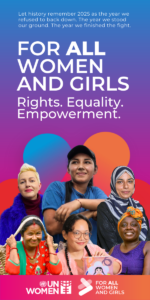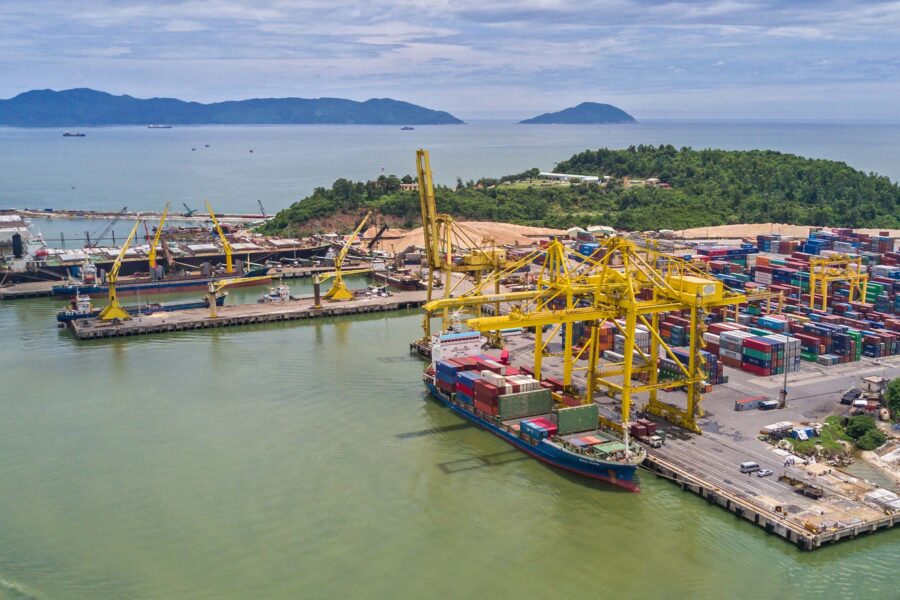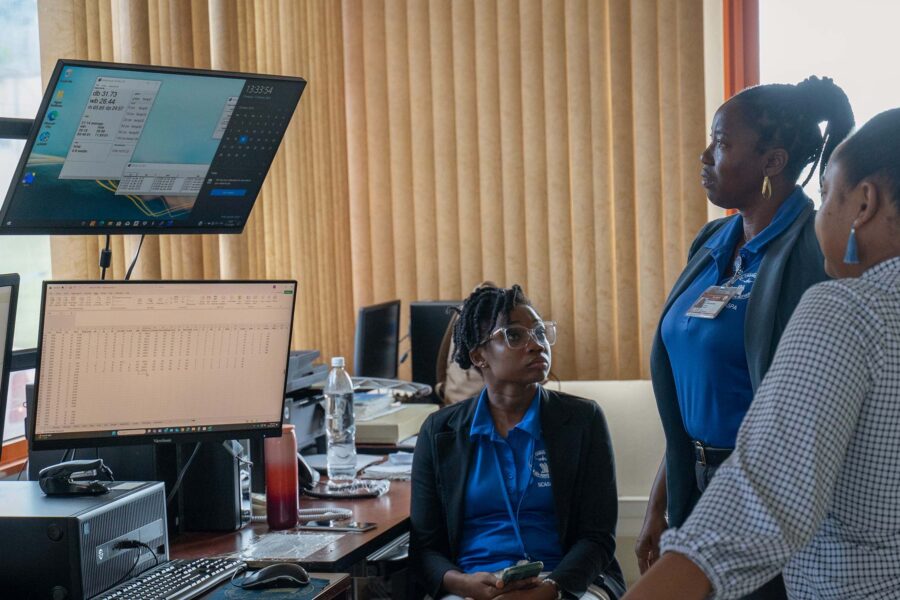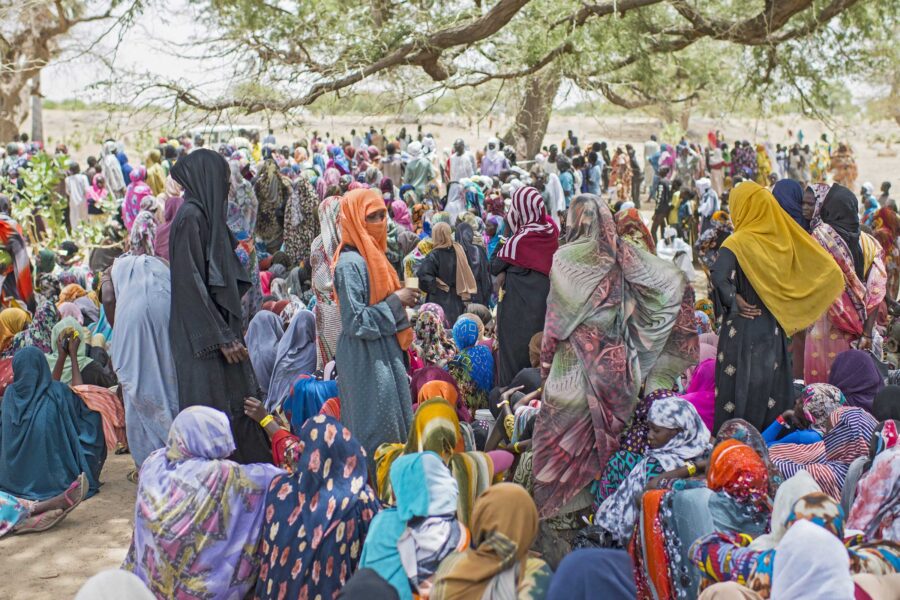Bridging the SDG funding gap in cities
The global development finance system is failing cities, yet it is in urban centers where much of the work on climate action and sustainable development must happen. Bold, urgent, and practical solutions – including new, city-focused funds or institutions, MDB reform, and other global, national, and local reforms – could expand and improve urban SDG finance
Climate — Global
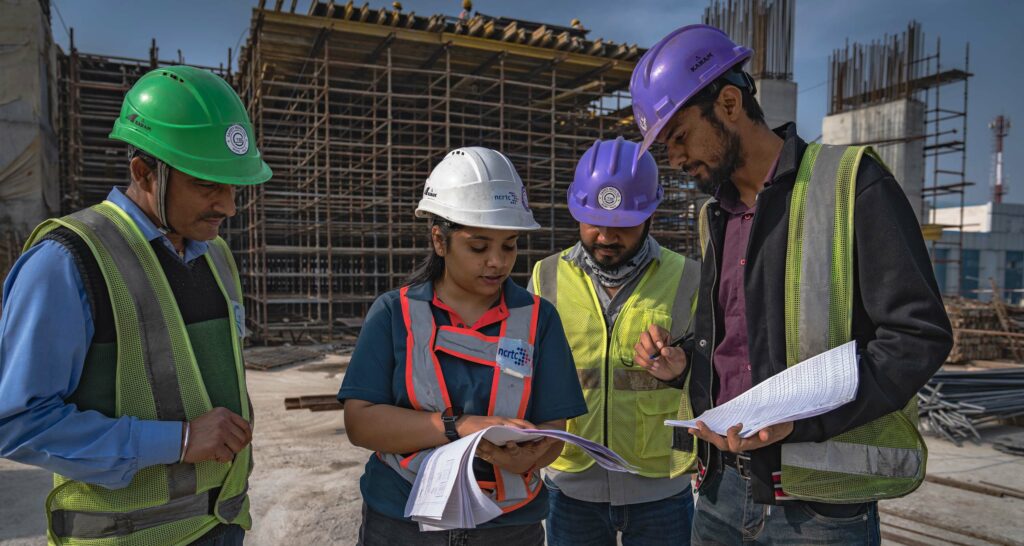
In 2019, UN Secretary-General António Guterres stated that “cities are where the climate battle will largely be won or lost.” He based this declaration on the facts that the world’s population is increasingly urban: by 2050, 68% of the global population – or 6.6 billion people – will live in cities. Most of this growth will take place in cities in Asia, Africa, and Latin America. Economic activity and its impacts are concentrated in cities, which generate both 80% of global gross domestic product and 75% of CO2 emissions. The Organisation for Economic Co-operation and Development (OECD) estimates that 65% of the 169 Sustainable Development Goal (SDG) targets cannot be achieved without involving subnational governments, including cities.
Rapidly growing cities need to provide housing, facilities, and services for residents while also mitigating and adapting to the impacts of climate change. Infrastructure – from drainage and wastewater treatment facilities to transportation and logistical systems, flood protection, urban landscape design, and a range of other built and nature-based solutions – must simultaneously contribute to the sustainable development of cities and itself be resilient, faced with climate change.
Yet, there is a critical lack of financing for such projects.
Why are urban projects underfunded?
The answer lies in several reasons. First, an inadequate amount of money is flowing to cities for sustainable development projects. The World Bank estimates that, globally, cities need to invest USD 4.5 to 5.4 trillion per year, including a “9% to 27% premium to make this infrastructure low emission and resilient to climate change impacts.” Much of this demand is concentrated in cities in developing countries: the International Finance Corporation estimates that USD 29.4 trillion will be needed in cities in emerging economies between 2018 and 2030 to meet climate targets. At current levels of investment, this represents a shortfall of USD 350 billion per year. There needs to be a large increase in public, private, and philanthropic financing for it to be met.
Second, cities face institutional, fiscal, and regulatory challenges as well as administrative constraints that can hamper investment. Many cities have difficulty or are legally unable to borrow, raise taxes, or mobilize private investment. Municipalities sometimes lack technical capacity to develop and deliver projects, nor do they always have development plans aligned with the SDGs and Paris Agreement. Finally, cities frequently do not have adequate creditworthiness levels to access finance, something that is particularly visible in the developing world. And their dependency on transfers from national governments means funding for infrastructure projects can be jeopardized by differing local and national political priorities. Moreover, political rivalries between national and local authorities often prevent cities from receiving national sovereign guarantees required for international borrowing. There are many instances of local-level political leadership on this issue, but coordination and cooperation at the national level and internationally remain challenging in the face of vested interests.
Indeed, national governments are the main beneficiaries of finance for sustainable development. Multilateral development banks (MDBs) were designed with countries in mind, not cities. (A few development banks have city-oriented programs, such as the European Bank for Reconstruction and Development’s Green Cities program, but they are still small in scale). Yet it is cities that are increasingly on the frontlines of climate change. They are close to the needs of their populations and understand how investment can contribute to tangible sustainable development outcomes. The question now is how to scale up and institutionalize reforms to expand cities’ access to finance.
Finding practical solutions for urban SDG finance
Fortunately, now is the right time for practical proposals. World leaders are discussing reforms to the global financial architecture. UN Secretary-General Guterres called on the G20 to commit to a decisive SDG Stimulus. The Summit for a New Global Financial Pact in June 2023 focused on making the global financial architecture work better for developing countries, following the demands of the Bridgetown Initiative. And encouragingly, in September 2023, the G20 Leaders’ Declaration mentioned cities as key stakeholders for the first time. It called for innovative urban development and financing models and advised development finance institutions and MDBs to follow guidance from the G20-OECD report on Financing Cities of Tomorrow. These matters demonstrate that national governments are slowly acknowledging the critical role cities can and will increasingly play in delivering sustainable development.
Turning this momentum for reform into practical recommendations is the work of the new SDSN Global Commission for Urban SDG Finance. Launched during the recent Summit for a New Global Financial Pact, the commission is chaired by Anne Hidalgo, Mayor of Paris, Eduardo Paes, Mayor of Rio de Janeiro, and Jeffrey Sachs, President of SDSN. The commission’s Secretariat is hosted by the University of Pennsylvania’s Institute for Urban Research. The commission convenes 12 mayors from cities in high, middle and lower-income countries, a wide range of researchers and scholars, climate and finance experts from both public and private sectors, and city network leaders to develop and champion innovative ideas and solutions for increasing urban SDG finance.
The commission will issue initial recommendations ahead of COP28, where city and other subnational government leaders will discuss sustainable finance at the Local Climate Action Summit. Its final report will be delivered by summer 2024 in advance of the UN Summit of the Future, the G20 meeting in Brazil, and COP29.
Governments, finance institutions, UN leaders, and the private sector need clear action items for how to expand and improve urban SDG finance. Multi-level and sectoral governmental cooperation and coordination – essential features for meeting climate and development goals – require meaningful financial support. To this end, the commission will deliver specific recommendations in the following critical areas:
1. Reforming MDBs to better address city needs
The current MDB reform process becomes an opportunity to increase funding to cities. This should involve risk-reduction mechanisms and technical assistance to increase subnational government creditworthiness. It calls for tools that incorporate blended finance, expanded use of guarantees, and new direct financial facilities for cities. The commission will examine how these recommendations align with current proposals to reform the global financial architecture, including the Bridgetown Initiative, the Report of the Independent High-Level Expert Group on Climate Finance, and with MDBs’ country-level strategies.
2. Strengthening existing funds and institutions – and creating new ones
Bold reforms to institutional structures and enabling environments for cities are also in focus. Existing institutions (such as the Green Climate Fund, the Global Environment Facility, and the International Monetary Fund’s Resilience and Sustainability Fund) could increase their funding to subnational governments. New funds to offer greater direct investment to subnational governments through public utility companies, special purpose vehicles, and public–private partnerships are also a subject of discussion. Finally, an examination of the possibility of creating a city-focused financial institution is underway. All these funding sources have the potential of offering cities direct concessional credits, loan guarantees, blended finance packaging, lending in local currencies, technical assistance for project preparation, and a curated pipeline of robust projects for private sector investment, among other services.
3. Attracting more private investment
Under the right conditions, a larger part of the USD 133 trillion bond market could be dedicated to green, social, and sustainability bonds. The private sector – pension funds, insurance companies, investment funds – philanthropies, and multilateral and national development banks can be players in this market. Reinforcing mechanisms for delivering city-focused private investment are under study. These include de-risking through better data such as that provided by the Global Emerging Markets Risk Database, and energizing the repo markets as exemplified by the African-oriented Liquidity and Sustainability Facility.
4. Developing an effective advocacy strategy
A wide range of stakeholders can leverage a strong narrative and powerful messages to promote these reforms during a particularly critical year. The commission will recommend and help implement a strategy for and involving city networks, G7 and G20 engagement groups (particularly the U20), national financial ministers, key agencies of the UN, private-sector industry groups, civil society, and others.
5. Taking diverse geographies and country contexts into account
One of the challenges of urban SDG finance is the diversity of city and country contexts and their enabling environments. Effective reform means employing an effective diagnostic mechanism when developing financing recommendations. It means advancing specific proposals that are appropriate to particular places, recognizing the level of development and capacities and the range of urban governance structures. For example, cities and their remits can overlap with and include regions, provinces, states, metropolitan areas, and towns.
6. Ensuring an adequate balance of financing for mitigation and adaptation
While climate mitigation and adaptation initiatives exist on a continuum, project developers conceive them as distinct efforts and seek separate funding streams. The commission’s aim is to distinguish which instruments are appropriate and available for mitigation and which for adaptation – while making both compelling to investors and addressing the current imbalance in projects financed (for example, by improving revenue models for adaptation projects, or aggregating mitigation and adaptation-focused projects under attractive investment packages).
In the coming months, the commission members will engage in wide discussions in global convenings to produce a list of actionable recommendations in these six areas. Their aim is to gain support to transform access to financing sustainable development in cities, increasingly a critical nexus for achieving the SDGs. The task will be to move the world’s nations’ embryonic recognition of this idea to a re-imagined, city-conscious global financial architecture for climate and development finance.

